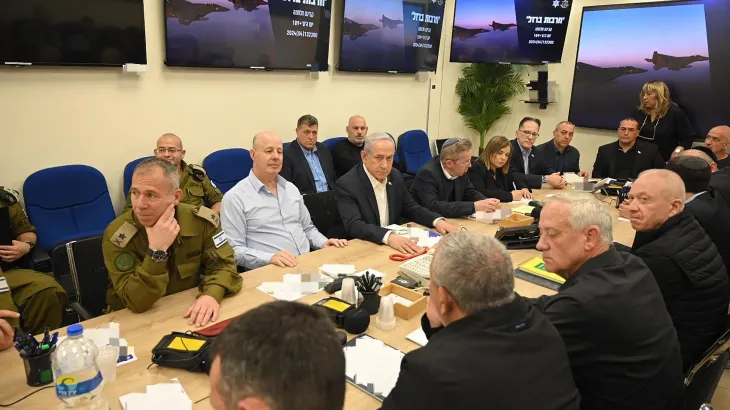Addressing the Immediate Threat
In the wake of an attack by Iran, the necessity for a coordinated and strategic military response becomes paramount. Governments and defense organizations must be prepared to act swiftly and effectively to address such a significant threat. This blog post will guide you through the critical steps involved in preparing for a military response after an attack by Iran, focusing on the importance of readiness, strategic planning, and international cooperation. Military Response
Assessment of the Situation Military Response
Firstly, a comprehensive assessment of the situation is essential. Intelligence agencies play a crucial role in determining the extent of the attack, identifying the specific targets, and understanding the motivations behind Iran’s actions. This initial assessment helps in formulating an appropriate response that is proportionate and targeted, minimizing the risk of escalating the conflict unnecessarily.
Strategic Planning and Coordination
Moreover, strategic planning and coordination among various branches of the military and allied forces are vital. The response should be meticulously planned to ensure efficiency and effectiveness. This involves deciding on the type of military action, such as airstrikes, naval deployments, or cyber counterattacks, and coordinating these efforts to achieve maximum impact. Each step must be carefully considered to avoid collateral damage and further complications.
Consultation with Allies and Partners
Furthermore, consulting with international allies and partners strengthens the response strategy. In situations involving global security threats, support from other nations can be crucial. These consultations might take place within frameworks like NATO or through bilateral discussions. Garnering support not only bolsters military capabilities but also enhances the legitimacy of the response on the international stage.
Communicating with the Public
Additionally, effective communication with the public is crucial. The government must keep its citizens informed about the nature of the attack and the planned response. Transparency in communication helps in managing public sentiment and maintaining morale during times of conflict. It’s important that the communication is clear, concise, and timely, providing assurance that measures are in place to protect national security and interests.
Ongoing Monitoring and Adjustment
Lastly, ongoing monitoring of the situation and readiness to adjust strategies as needed are imperative. The dynamics of military conflict are often unpredictable, requiring flexibility in response plans. Continuous intelligence gathering and situational analysis allow for adjustments in real-time, adapting to Iran’s movements and the broader geopolitical landscape.
Ensuring Preparedness and Resilience
In conclusion, preparing for a military response after an attack by Iran involves a complex set of steps, each critical to ensuring the effectiveness and precision of the operation. From initial assessments and strategic planning to international cooperation and public communication, each phase must be executed with careful consideration and due diligence. By maintaining readiness and resilience, nations can protect their sovereignty and maintain peace and stability in the region. Military Response
Inspired by Al-Jazeera and Rear More Articles Here. or Read Previous Articles Here.
